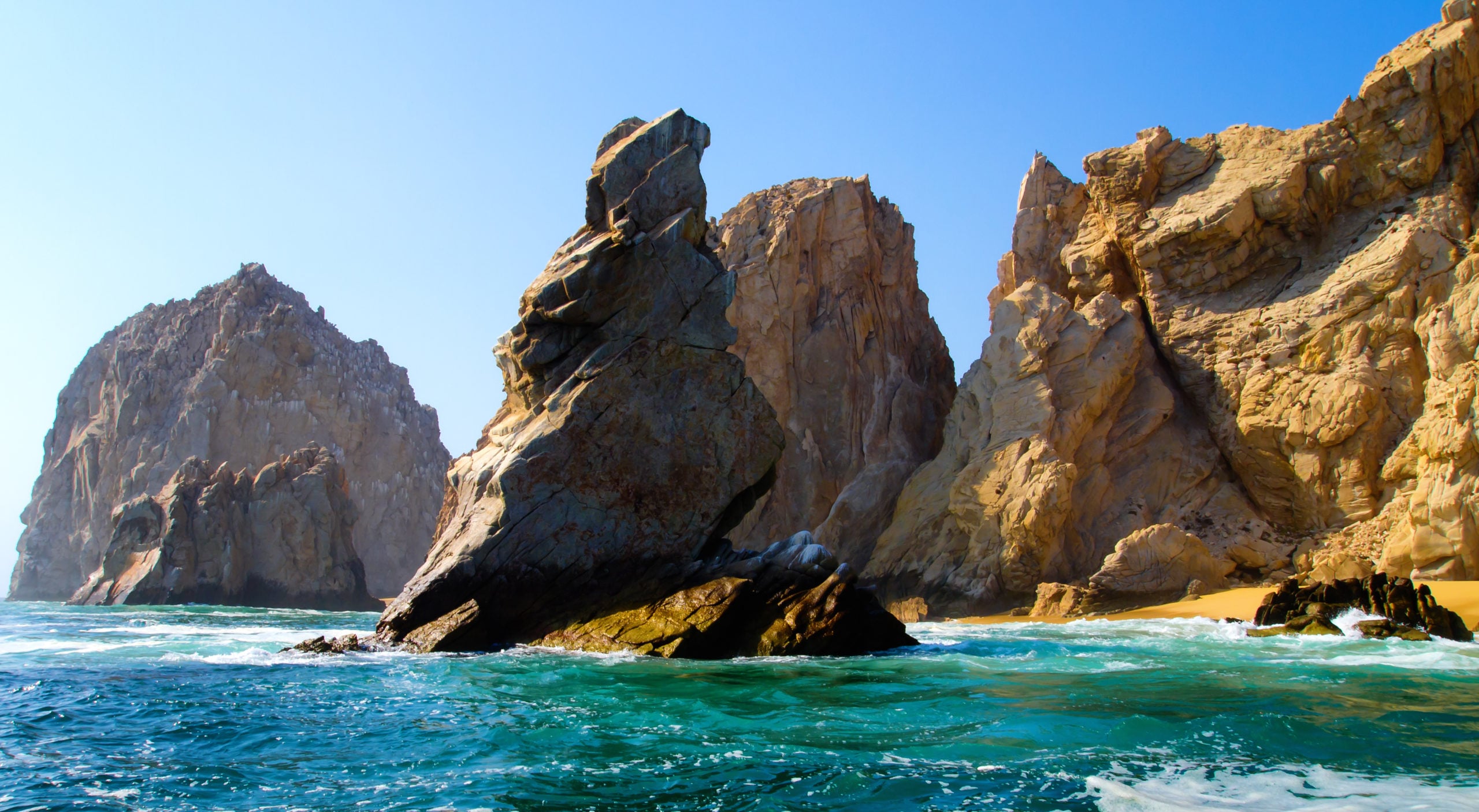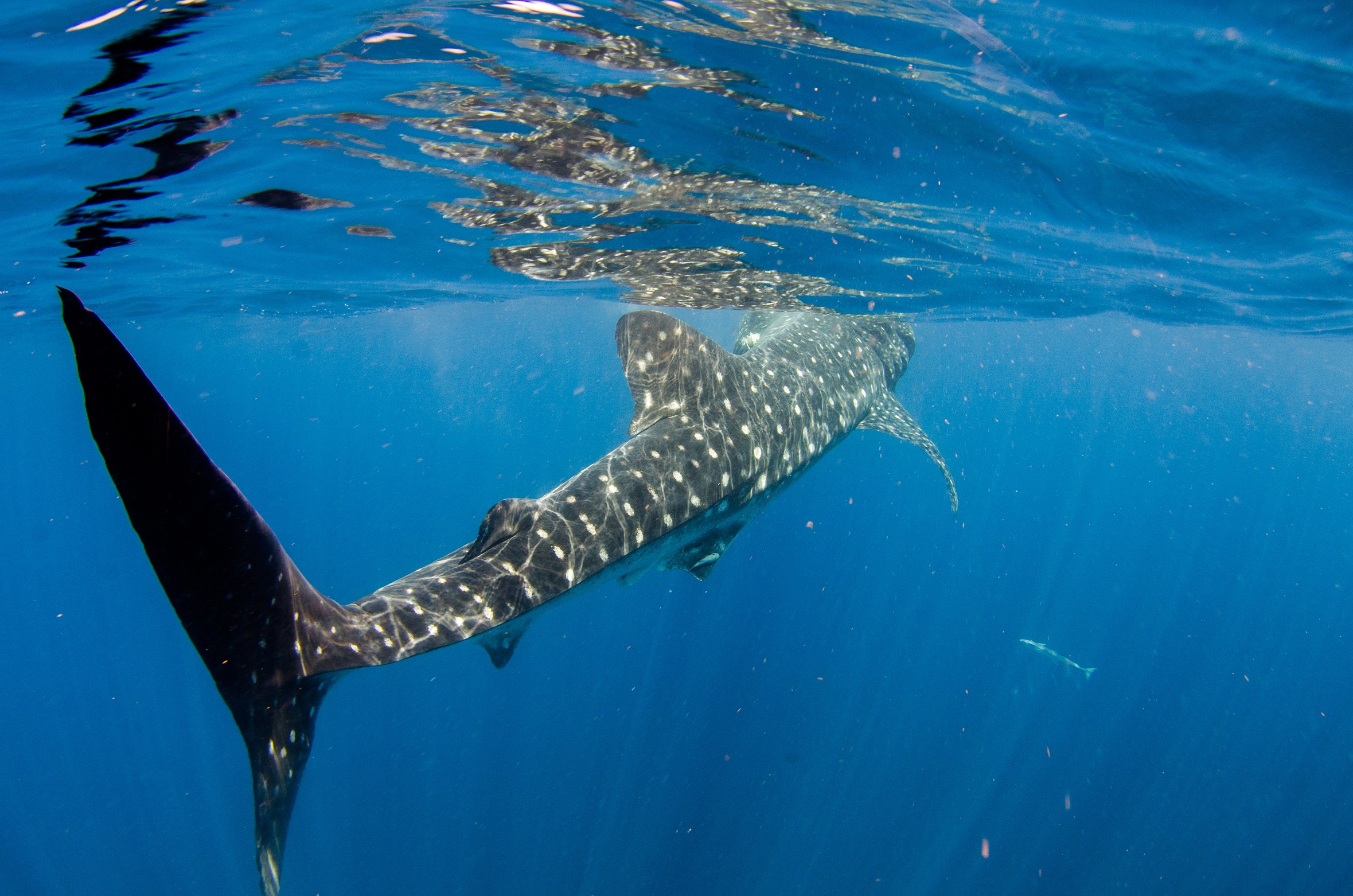Table of Content
This area is a UNESCO World Heritage Site and has also been called “The World’s Aquarium”. The Sea of Cortez, also called the Gulf of California, is located between the Baja Peninsula and the Mexican mainland and offers a lot of variety. Dazzling schools of fish, sharks, whales, dolphins, sea lions, turtles and many other species live here. This destination was discovered by divers relatively recently and has already gained fame for its exceptional diversity of marine life.

Where to dive in the Sea of Cortez
Cabo Pulmo
Cabo Pulmo is one of the most well-known places in the Sea of Cortez. It was a fishing village a couple of decades ago until the fish population began to decrease significantly. For a few years, the measure of prohibiting fishing had to be taken so that the fish population could return to the sea. In 1995 Cabo Pulmo was declared a National Marine Park and fish slowly began to return, making Cabo Pulmo one of the most successful marine reserves in the world. Divers come here for shark diving, especially for diving with mighty bull sharks. These creatures gained a reputation as dangerous and aggressive animals. And it is certainly true. Although some might say that they do not seem to be bothered about scuba divers. It’s truly an exciting experience to encounter bull sharks. Whitetip sharks were also spotted here. Although they typically do not travel long distances, sometimes they come from Socorro. Of course, whale sharks need to be mentioned when talking about Cabo Pulmo because they migrate here to breed. The deep waters of the Gulf of California protect them from predators like blue marlins and orcas.
Midriff Islands
The Midriff Islands are sometimes called a paradise for macro photographers. Divers often spot nudibranchs, colorful blennies, and seahorses here. The topography of these islands impresses lots of divers. Due to their volcanic origin, landscapes vary from rocks and finger reefs to steep walls and seamounts. Divers often spot tiny micro creatures, dolphins, mantas, eagle rays, mobula rays, jacks, barracuda, and many others.
La Paz
La Paz is popular for its high chances of encountering big animals. Prepare to spot whale sharks, hammerheads, joyful sea lions, mobula rays, and a few types of whales. You don’t necessarily have to dive to get the most from this destination. The superb experiences are accessible even for snorkelers. This made La Paz a great destination for families and groups with non-divers.

Sea of Cortez liveaboard cruises
This destination is so varied that even liveaboards that have been cruising in Mexico for a long time cannot choose one destination. Each Sea of Cortez liveaboard brings something different to a cruise. Some focus on diving in the Midriff Islands, like the Rocio del Mar. This boat not only offers diving trips but also educates divers about marine creatures in this area and brings attention to climate impact studies that help increase conservation awareness. World-renowned researchers often join cruises onboard.
The Valentina Liveaboard offers short 5-night trips that are perfect for trying out a new destination if you haven’t been here yet. Although the trip isn’t long, you still will have a chance to visit all the most desirable dive sites. Itineraries include dive spots in La Paz and Cabo Pulmo. The trips have different embarkation and disembarkation ports, so you can choose a cruise that suits you best and will be the most comfortable in terms of logistics.
With Nautilus liveaboards, divers can choose a short 5-night adventure or go on a longer 7-night trip that focuses on orcas and mobula rays. These cruises are suitable for snorkelers, swimmers, and divers of all experience levels and fitness levels. And like the icing on a cake, you will get an opportunity to experience spectacular night dives with schooling rays in shallow protected bays. Trips mostly start at Cabo San Lucas.

When is the best time to dive in the Sea of Cortez?
Most of the liveaboards offer cruises in the Sea of Cortez from July to October. The visibility in these months is at its absolute best at 18 m (60 ft), and temperatures hit 29°C (85°F). There is a higher chance of spotting whale sharks and mobula rays during October and November. Humpback whales visit the Sea of Cortez in the winter months from December to March.
How do I get to the Sea of Cortez?
To dive in the Sea of Cortez, first, you have to go to the San José del Cabo International Airport or La Paz International Airport. They are served by a number of US and international airlines. Then you will need a transfer. Some liveaboards provide complimentary transportation to the boat, and others provide transfers from diving centers or hotels.
The Sea of Cortez is a very special diving destination that is not to be missed!